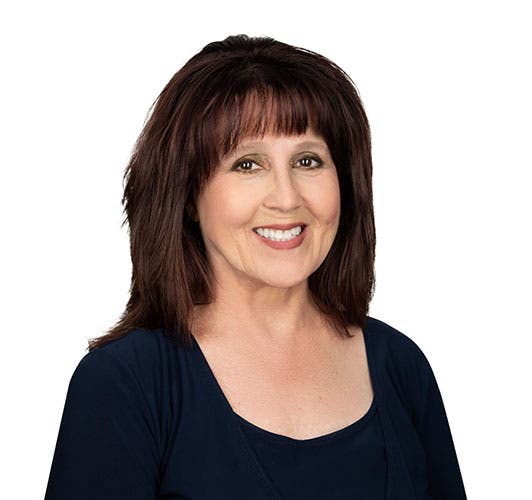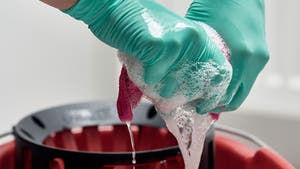International Infection Prevention Week (IIPW) Spotlight: Three Women Who Joined the IP Ranks in the Midst of the Pandemic
Infection prevention and control (IP&C) has always been a cornerstone of protecting public health, though often taken for granted when it comes to its place in healthcare delivery. The COVID-19 pandemic has started to shift mindsets towards a deeper awareness of the criticality of the role across the continuum of care, and a new recognition of the role infection preventionists (IPs) play behind the scenes. Every year, International Infection Prevention Week (IIPW) aims to shine a light on IP&C, and this year will be no different. But as the pandemic continues to reshape healthcare, people have learned that we all share the responsibilities of IP&C and play a crucial role in keeping each other and our patients safe. This year’s IIPW theme of “Make Your Intention Infection Prevention” could not be more fitting. Meet Pallavi, Brandi and Michelle, three women awarded scholarships by Clorox Healthcare and the Association for Professionals in Infection Control and Epidemiology (APIC), and hear their stories on how they joined the IP ranks in the midst of the pandemic.
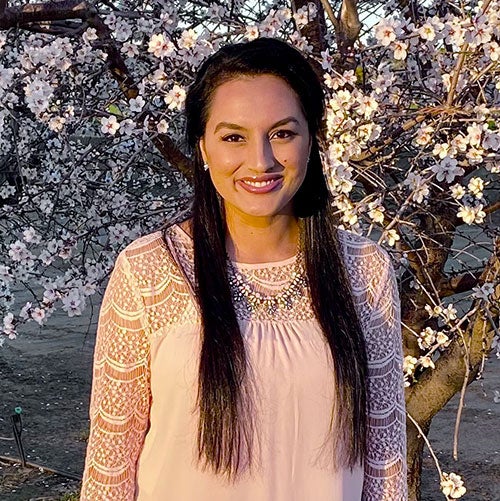
Pallavi Bekal, BS, MS — Infection Preventionist, Community Medical Centers
For Pallavi Bekal, infection prevention fell into her lap. With a background in laboratory sciences, she transitioned early last year from clinical research and teaching to an IP position at Clovis Community Medical Center, an acute care hospital in Clovis, California. At first, she questioned if her background would be a fit, but she soon discovered that although nurses have traditionally become IPs, other disciplines and experiences like her own are widely accepted. Bekal’s rich clinical background, in fact, prepared her for many of the analytical aspects of the job, which complemented her peers who may have started in nursing.
In her experience, infection prevention often has a perception as being focused narrowly on being the resident hand-hygiene police. But as we continue to navigate the COVID-19 pandemic, Bekal is watching a shift in how the role is gaining a whole new cultural and industry-wide recognition. People now realize how much more IPs are than hand hygiene police. “I think one of the biggest challenges moving forward is going to be empowering healthcare staff to feel capable of handling infection prevention themselves,” said Bekal. “All of a sudden, everyone is aware of the shared responsibility to stay up to date on public health guidelines and recommendations, not just the IPs.”
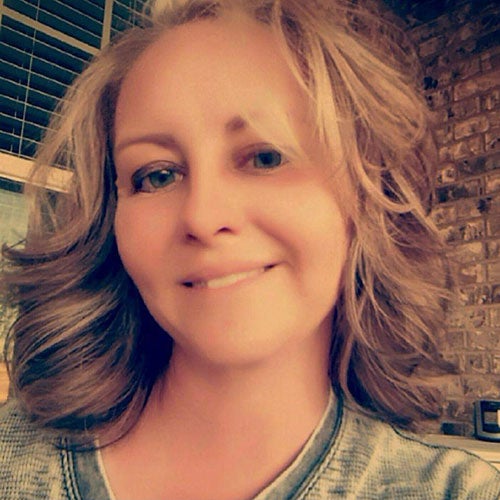
Brandi Ford, BSN, RN, CIC — Board Certified Infection Control Nurse, Artesia General Hospital
Growing up, infection prevention was part of Brandi Ford’s everyday life. With both her parents dedicated to the well-being of their small community of Artesia, New Mexico, Ford learned the importance of infection control at an early age. Ford was unfamiliar with having a career in Infection Prevention until the only Infection Preventionist (IP) nurse at the hospital she was working at announced her retirement and spoke to her about the position. It seemed like a natural next step for Ford — one that combined her passions for environmental hygiene and care delivery.
With Artesia located approximately four hours from the nearest trauma center, Ford’s hospital serves as the first port-of call to nearly 12,000 residents within the community. When the COVID-19 pandemic hit, Ford and the hospital team came together to care for patients with only six ventilators, no ICU and no infectious disease doctors on staff. “If the pandemic has taught us anything, it’s that infection prevention is often overlooked and misunderstood,” said Ford. “Eyes have definitely opened over the past year and a half.” She hopes that this experience will lead to an influx of new IPs and a deeper appreciation of infection prevention practices at hospitals nationwide.
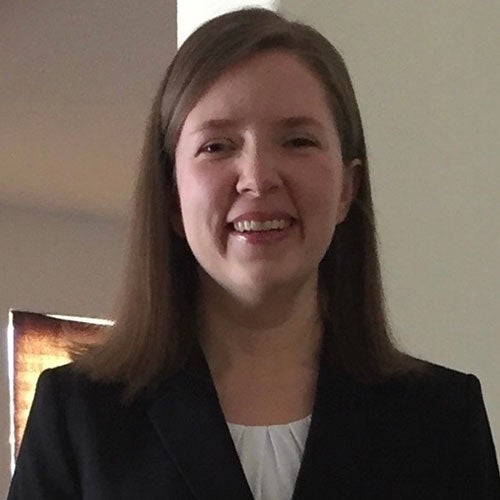
Michelle Clark, BSN, RN, CPN – Infection Prevention Specialist, Valley Children’s Hospital
Infection prevention was not at the top of Michelle Clark’s career ambitions. As a nurse working the night shift at Valley Children’s Hospital in Madera, California, Clark didn’t have the opportunity to work with those in other departments who worked traditional business hours. That all changed when the COVID-19 pandemic hit. After being tapped to act as an onsite “COVID-19 RN coordinator,” she quickly became the go-to resource for the entire hospital. The longer she spent as a “COVID-19 RN coordinator,” the more she understood the infection prevention role that she was naturally evolving into. Ultimately, she pursued a career as an IP, which has enriched and expanded her background in psychobiology, microbiology and chemistry.
For Clark, and many other healthcare professionals, the COVID-19 pandemic has been a catalyst that has heightened awareness of what infection prevention is. Though IPs are continuing to do behind-the-scenes work that defined their role prior to the pandemic, infection prevention is getting new recognition across the continuum of care. While day-to-day in healthcare has never been routine, Clark believes the future of care delivery will be centered around accepting constant change and remaining flexible when it comes to flexing traditional roles to include enhanced infection prevention practices.
IPs fight to keep our patients, visitors, and staff — and more and more — our communities safe — whether from a global pandemic or everyday cold and flu season. While IIPW and infection prevention conferences alike aim to inspire the next generation of IPs to join the fight, we all have a shared responsibility to help prevent infection. As we begin a week focused on celebrating IPs for their bravery and tireless efforts, ask yourself this: How can I make a difference in the fight against infections in my day-to-day life?
